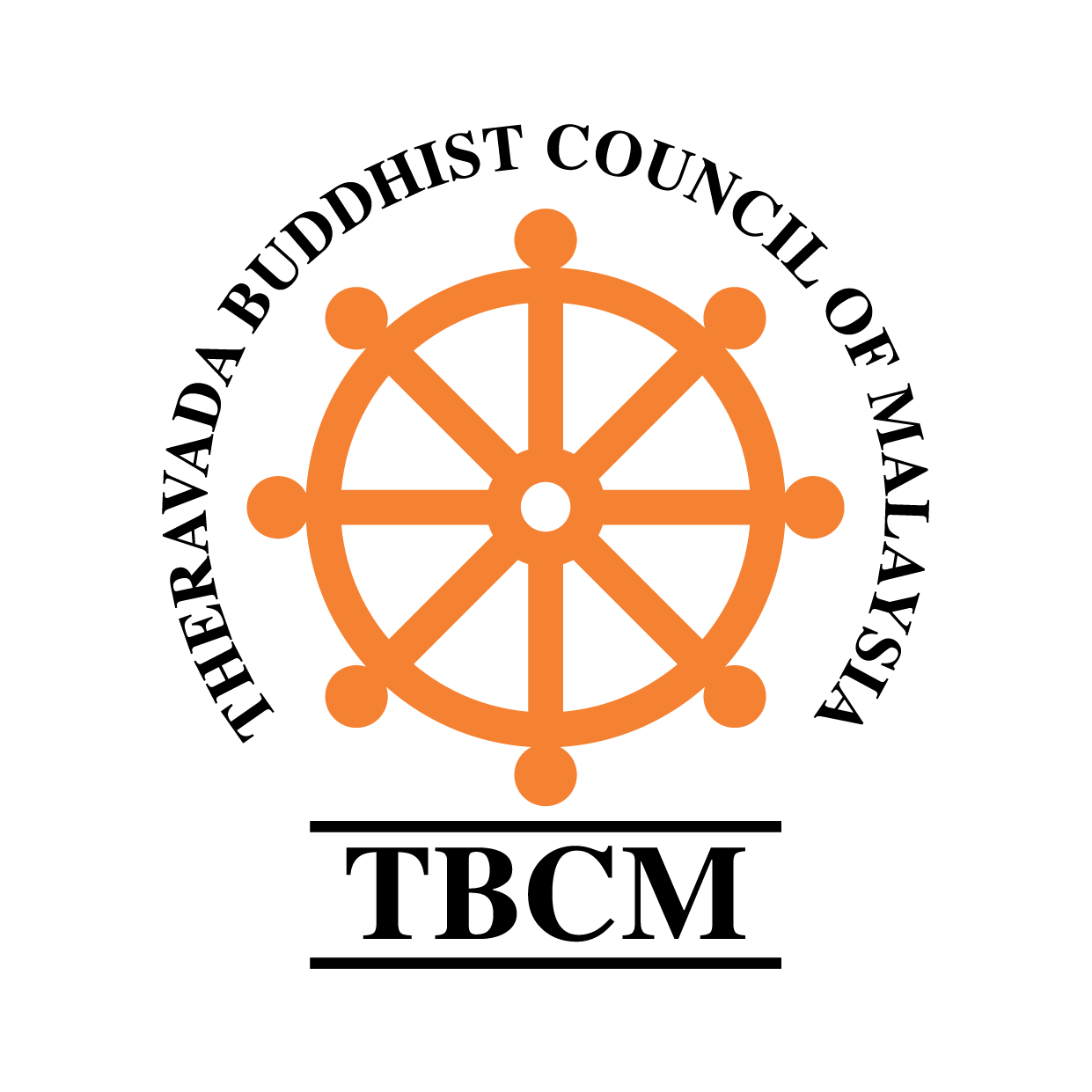ENTERING THE STREAM and beyond, Slides and Workbook
SUTTA STUDY WORKBOOK 4.0
Monks, [the 6 senses and anything related to them ... the 4 great elements ... the 5 aggregates ...] are impermanent, changing, becoming otherwise.
“One who places faith in these teachings and resolves on them thus is called a faith-follower ... One for whom these teachings are accepted thus after being pondered to a sufficient degree with wisdom is called a Dhamma-follower, one who has entered the fixed course of rightness, entered the plane of superior persons, transcended the plane of the worldlings. He is incapable of doing any deed by reason of which he might be reborn in [the woeful realms]; he is incapable of passing away without having realized the fruit of stream-entry.
“One who knows and sees these teachings thus is called a stream-enterer, no longer bound to the nether world, fixed in destiny, with enlightenment as his destination.
The Buddha in
Okkantisaṃ yutta (SN 25)
Connected Discourses on Entering
(An abridged translation)
Acknowledgements
My gratitude goes to the following individuals who helped to vet an early draft of the workbook: Āyasmā Ṭhitavijjo especially for inserting the page numbers of Āyasmā Bodhi's translations, Āyasmā Ariyadhammika and Ayyā Dhammadinnā for their useful feedback and meticulous proof-reading, and Looi Sow Fei, my long-time editor, for polishing the English.
We also express our heartfelt gratitude to Chew Son Hin, Ng Beng Lean and their respective families for sponsoring the printing of this workbook. Sādhu, anumodāma (we rejoice) in your generous gift of the Dhamma.
Aggacitta Bhikkhu
September 2022
Page 74
Below, the Buddha counsels his cousin Mahānāma who expressed his apprehension about having a fatal accident.
Dutiymahānāma Sutta (SN 55.22)
21. MAHĀNĀMA (2)(Abridged from CDB pp 1808-1809) “Venerable sir, ... In the evening, ... I come across a stray elephant, a stray horse, a stray chariot, a stray cart, a stray man. On that occasion, venerable sir, my mindfulness regarding the Blessed One ... the Dhamma ... the Saṅgha becomes muddled. The thought then occurs to me: ‘If at this moment I should die, what would be my destination, what would be my future bourn?’”
“Don’t be afraid, Mahānāma! Don’t be afraid, Mahānāma! Your death will not be a bad one, your demise will not be a bad one. A noble disciple who possesses four things slants, slopes, and inclines towards Nibbāna.
What four? Here, Mahānāma, a noble disciple possesses confirmed confidence in the Buddha ... in the Dhamma ... in the Saṅgha.... He possesses the virtues dear to the noble ones, unbroken ... leading to concentration.
In the presence of Anāthapiṇḍika and five hundred lay followers the Buddha addresses Venerable Sāriputta:
Gihi Sutta (AN 5.179)
179. (9) A LAYMAN (Abridged from NDB pp 792-795)
“Any white-robed householder whose actions are restrained by five training rules and who gains at will, without trouble or difficulty, four pleasant visible dwellings that pertain to the higher mind, might, if he so wished, declare of himself: ‘I am finished with ... the lower world; I am a stream-enterer, ... fixed in destiny, heading for enlightenment.’
“What are the five training rules by which his actions are restrained? Here, Sāriputta, a noble disciple abstains from the destruction of life, ... from liquor, wine, and intoxicants, the basis for heedlessness....
“What are the four pleasant visible dwellings that pertain to the higher mind, which he gains at will, without trouble or difficulty?
“Here, the noble disciple possesses unwavering confidence in the Buddha ... Dhamma ... Saṅgha ... “Again, the noble disciple possesses the virtuous behavior loved by the noble ones .... This is the fourth pleasant visible dwelling that pertains to the higher mind, which he has achieved for the purification of the impure mind, for the cleansing of the unclean mind.
“These are the four pleasant visible dwellings that pertain to the higher mind, which he gains at will, without trouble or difficulty.
Āyasmā Aggacitta is a Malaysian bhikkhu ordained at the age of 25 by the late Bhaddanta Mahasi Sayadaw U Sobhana in Rangoon in 1979. Āyasmā received meditation training in the various traditions of Myanmar.
He is a keen Pāli scholar and ardent Dhamma practitioner noted for his extensive knowledge of the Pāli scriptures and vast experience in the practical aspects of the Vinaya and meditation.
Using a critical yet constructive approach, he shares his findings with others via his writings, sutta study with meditation workshops, meditation retreats and mindful hiking retreats.
In 2000, he founded a Theravāda monk training centre, Sāsanārakkha Buddhist Sanctuary (SBS) near Taiping, Perak, Malaysia.
In 2012, Āyasmā Aggacitta Mahāthera was invited by the Theravāda Buddhist Council of Malaysia to be one of the founding members of its Monastic Advisory Panel.
His Dhamma resources can be found in:
http://sasanarakkha.org
satipatthanasbs.com
soundcloud/sasanarakkha
Sutta Workshops by Ayasma Aggacitta (YouTube)


